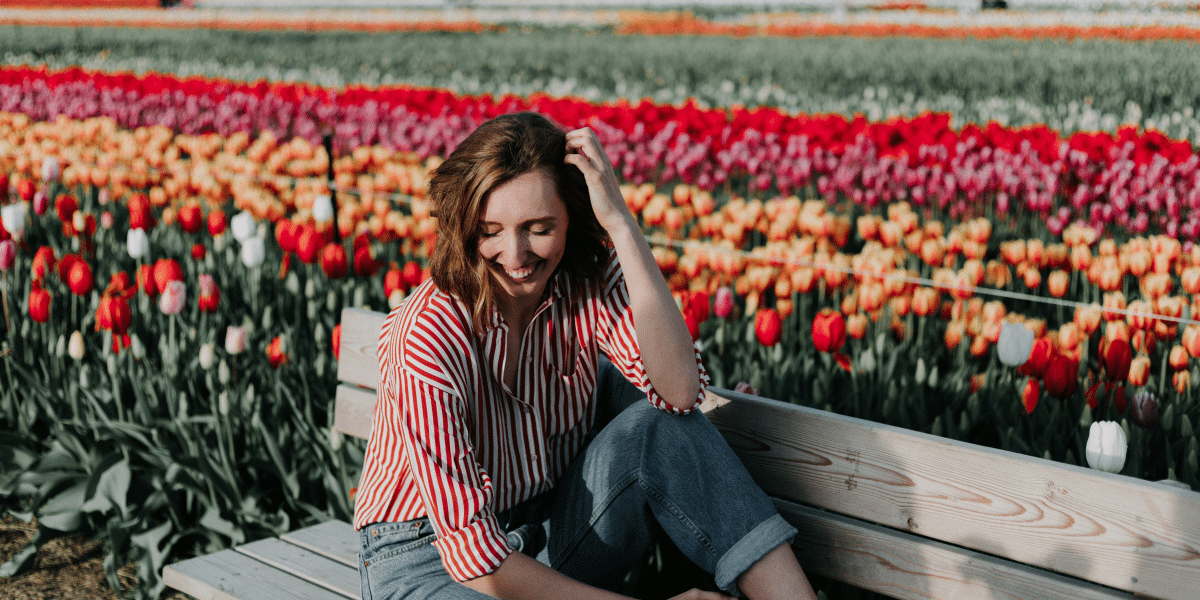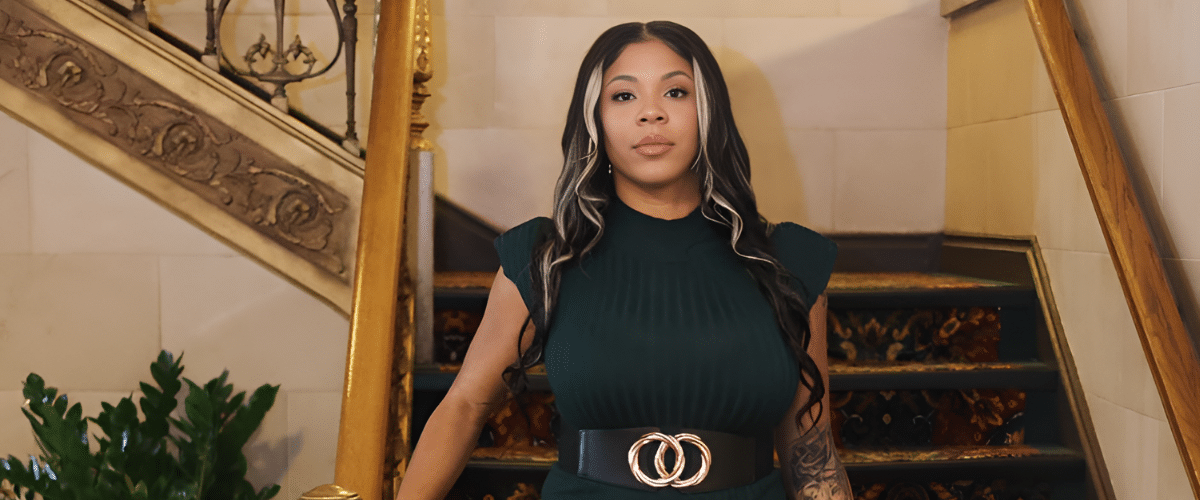Fashion and flowers have long been intertwined. Throughout history, designers have looked to the natural world for inspiration – incorporating floral silhouettes, prints, and embellishments into their garments. Some of these floral motifs have become so inextricably linked with their creators that they’ve ascended to iconic status. Let’s explore a few legendary designers whose signature use of flowers left an enduring mark on the world of fashion.
Chanel’s Elegant Camellias
Coco Chanel’s design philosophy centered around simplicity, functionality, and timeless elegance. The camellia, with its clean geometric form, subtle beauty, and lack of a distracting scent, mirrored these core principles. For Chanel, the camellia represented an ideal balance between understated luxury and modern functionality. It became far more than a floral embellishment – it was the embodiment of the Chanel brand itself.
Chanel’s skillful hands transformed the delicate camellia into a versatile design element. Gossamer-thin silk camellia blossoms adorned lapels, adding a touch of feminine elegance to her otherwise stark suits. They graced simple wide-brimmed hats, infusing them with Parisian sophistication. Even her jewelry designs celebrated the camellia – necklaces intertwined with the familiar silhouette, and brooches crafted from precious stones to reimagine the flower’s simple structure.
Perhaps the most enduring use of the camellia motif lies in subtler details that became signatures of the Chanel brand. Look closely at the buttons of a Chanel jacket – their design often echoes the camellia’s rounded form. The iconic quilted pattern found on classic Chanel handbags was inspired by the geometric symmetry of the camellia’s layered petals. “By integrating the camellia into even the smallest elements of her creations, Chanel ensured its symbolism became synonymous with timeless luxury,” observes a fashion historian specializing in design symbolism.
Dior’s Love of Lily-of-the-Valley
Christian Dior’s collections were odes to femininity. His iconic “New Look”, with its cinched waists, flowing skirts, and rounded shoulders, sought to restore a sense of elegance and optimism to fashion following World War II. His designs often drew inspiration from the natural world, with floral motifs featuring prominently. Yet among the profusion of blooms found in his work, the delicate lily-of-the-valley held a cherished place in Dior’s heart.
Dior’s fondness for lily-of-the-valley extended beyond mere aesthetics into the realm of superstition. He famously carried a sprig of dried lily-of-the-valley sewn into the hem of his garments for good luck. This delicate flower became a personal talisman for Dior, a symbol of hope and renewal. Its dainty, bell-shaped blossoms subtly infused his designs. Intricate embroidery traced the form of lily-of-the-valley sprigs across bodices, while flowing fabrics printed with the flower brought a touch of springtime romance to his gowns.
The lily-of-the-valley’s symbolism became synonymous with Dior’s vision of femininity – delicate, graceful, and possessing a quiet beauty. In 1956, Dior would immortalize this connection by creating his fragrance masterpiece, Diorissimo. This iconic perfume sought to capture the essence of lily-of-the-valley’s fresh scent, encapsulating the spirit of eternal springtime that permeated his designs. “Dior’s use of lily-of-the-valley transcended mere decoration; it symbolized his enduring quest to celebrate and uplift women through his creations,” notes a historian specializing in fashion and fragrance.
McQueen’s Darkly Beautiful Blooms
Alexander McQueen’s runway shows were not merely fashion presentations; they were theatrical spectacles. His designs boldly challenged societal norms and embraced a gothic romanticism that often delved into the unsettling. In such a provocative context, McQueen reimagined the traditional role of flowers in fashion. For him, they were far more than objects of fleeting prettiness; they became potent symbols exploring darker, often unsettling themes.
Wilting roses, their petals clinging with an almost desperate beauty, frequently adorned his models. He sculpted fantastical floral headdresses, transforming blooms into otherworldly, almost insect-like creations. McQueen’s runway could become a nocturnal garden, where enormous, unsettlingly realistic blossoms seemed to dwarf the figures beneath. Floral prints took on a decayed quality, with fading colors and blurred outlines hinting at a beauty slipping just beyond reach.
McQueen’s use of floral motifs was a complex and often unsettling dance with traditional notions of beauty. Flowers became symbolic of the ephemeral nature of life – a fading rose mirrored the transience of both physical beauty and existence itself. Yet even in their decay, they held a visceral, almost grotesque fascination. “McQueen’s floral designs challenged us to find beauty in the unconventional, forcing a confrontation with life’s darker undercurrents,” a fashion critic specializing in avant-garde design might observe.
Schiaparelli’s Surrealist Florals
Elsa Schiaparelli brought a spirit of playful rebellion and artistic collaboration to the world of 1930s haute couture. Inspired by the surrealist art movement, her designs aimed to jolt viewers out of the mundane and into the realm of the absurdly beautiful. Floral motifs played a starring role in her creations, but rarely as expected.
Schiaparelli delighted in subverting traditional notions of floral prettiness in fashion. Bold floral prints might explode across her garments in shocking color combinations – hot pink clashing with deep lavender. She embraced the artistic technique of trompe l’oeil, creating hyper-realistic embroidered butterflies or beetles so lifelike they appear ready to take flight from the fabric. These elements blurred the line between nature and artifice, inviting a second look and a touch to confirm what was real and what was illusion.
Schiaparelli’s floral creations were often infused with a sense of wit and playfulness. A single oversized sunflower might bloom across the entirety of a skirt, its exaggerated scale lending a touch of the whimsical. A necklace designed in collaboration with Salvador Dali featured wilting fabric violets, their drooping form contrasting with the enduring nature of jewelry. “Schiaparelli’s floral designs were theatrical; they transformed the wearer into a participant in her surrealist vision,” notes a fashion historian specializing in 20th-century design.
These examples represent just a glimpse of the myriad ways flowers have captivated the imaginations of fashion designers. From timeless classics to avant-garde creations, floral motifs consistently offer a rich wellspring of inspiration. The symbolism of flowers is vast – they embody beauty, sensuality, fragility, and the cycles of nature. By weaving these concepts into their designs, fashion masters create garments that transcend mere clothing and become wearable works of art imbued with meaning.
“Floral motifs in fashion tap into a deep human connection to the natural world. They offer designers endless possibilities for visual expression while speaking a symbolic language universally understood,” notes a fashion historian.







